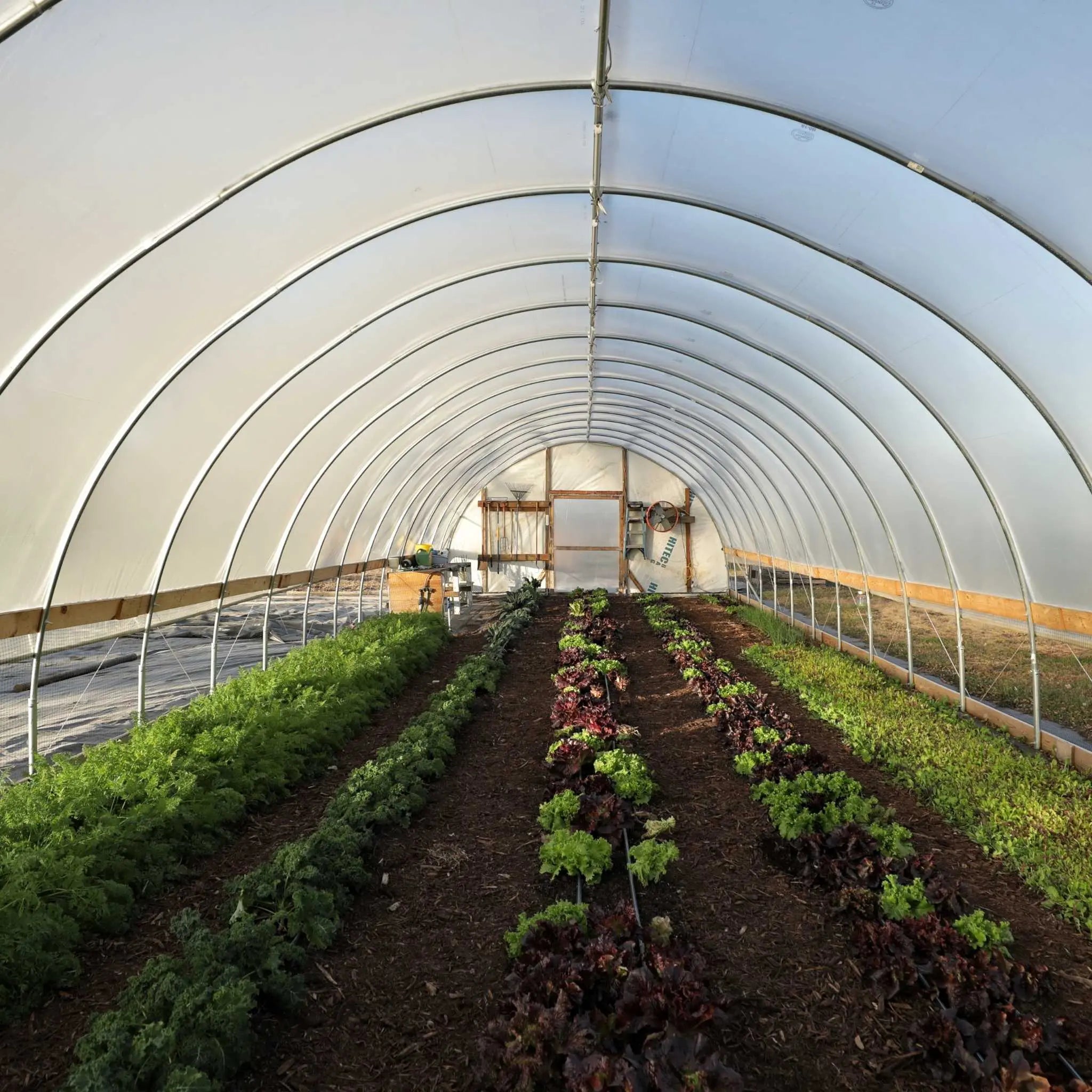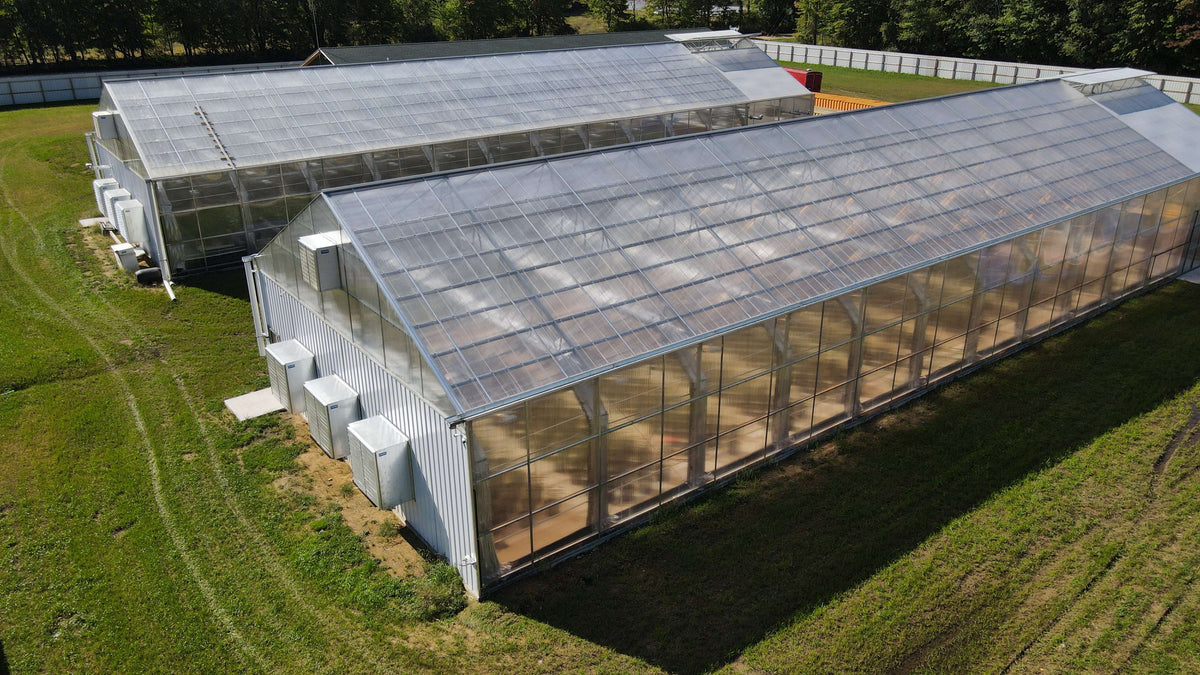The Future of Greenhouses: Technologies in Sustainable Farming
Are you interested concerning the future of greenhouses and how they are reinventing lasting farming? From advanced climate control systems to vertical farming techniques, water-efficient watering techniques, renewable energy assimilation, and wise data analytics, these improvements are changing the means we expand our food.
Advanced Environment Control Equipment
To accomplish optimum growing conditions, you can depend on the improvements in greenhouses with sophisticated climate control systems. These systems have actually transformed the method we cultivate crops, supplying a regulated atmosphere that contributes to plant development. With these ingenious systems, you can now manipulate temperature, moisture, light degrees, and also CO2 concentrations to create the excellent problems for your plants to prosper.
One of the essential functions of these advanced climate control systems is their capacity to control temperature. By using sensors and automated controls, the greenhouse can readjust the temperature level based on the specific needs of the plants. This makes sure that they are never revealed to severe heat or cool, which can be destructive to their development.
Humidity control is another important aspect of these systems. By maintaining the excellent moisture levels, you can protect against problems such as mold, mold, and disease from influencing your crops. These systems can also manage the amount of light that reaches the plants, making certain that they receive the optimum amount for photosynthesis.
Moreover, progressed environment control systems can also manipulate carbon dioxide focus. By enhancing the degrees of CO2 in the greenhouse, you can boost plant development and productivity. This is specifically beneficial in areas with low all-natural carbon dioxide degrees.
Vertical Farming Methods
One important vertical farming method is using piled growing systems. Stacked growing systems are frequently made use of in urban areas where space is limited.
One prominent approach is called vertical hydroponics, where plants are grown in nutrient-rich water without soil. This method is extremely effective as it lowers water use by up to 90% compared to traditional farming methods. Additionally, since the plants are grown indoors, they are secured from bugs and diseases, lowering the need for pesticides.
An additional technique is aeroponics, which includes putting on hold the plant origins in a mist or air atmosphere. This technique enables for ideal nutrient absorption and oxygenation, leading to faster growth and higher yields. Aeroponics also makes use of much less water than typical farming and can be applied in upright systems, making it a prominent option for vertical farming.
Water-efficient Irrigation Approaches
When it comes to carrying out water-efficient irrigation methods in lasting agriculture,Making the most of water conservation is crucial. With international water shortage becoming a pushing problem, it is important to develop cutting-edge methods that optimize water use in greenhouse operations.
One appealing method is drip irrigation, which supplies water directly to the plant origins, lessening waste and evaporation. By making use of a network of tubes with little emitters, water is applied gradually and precisely, ensuring that plants get the required dampness without excess runoff.
An additional efficient strategy is using dirt wetness sensing units. These devices determine the moisture material in the dirt and offer real-time information to farmers. By keeping an eye on the soil's wetness degrees, farmers can precisely establish when and just how much water to use, preventing over-irrigation.
Additionally, the implementation of rain harvesting systems is getting popularity in greenhouse agriculture. Accumulating rain from rooftops and saving it in storage tanks allows farmers to use this natural deposit for watering objectives, decreasing reliance on standard water sources.
Last but not least, the fostering of automated watering systems can dramatically enhance water efficiency. These systems make use of sensors to spot dirt moisture degrees and weather problems, changing watering schedules as necessary. By optimizing water use based on real plant needs, these systems can minimize water waste and promote sustainable farming techniques.
Renewable Resource Integration
Now, over at this website allow's explore exactly how you can integrate eco-friendly energy into your greenhouse procedures for a more lasting future. Renewable resource assimilation in greenhouses offers a number of advantages, including minimized running costs and reduced dependence on non-renewable energy sources. One method to incorporate renewable resource is via the installation of photovoltaic panels. These panels are placed on the roof or surrounding locations of the greenhouse to catch sunshine and convert it into electricity. The produced power can after that my link be made use of to run numerous operations within the greenhouse, such as air flow, lights, and home heating systems. Additionally, excess energy can be kept in batteries for use throughout non-sunlight hours. An additional approach of renewable resource combination is the usage of wind generators. These generators harness wind power and transform it right into electricity, which can be made use of to supplement the power needs of the greenhouse. Integrating renewable resource resources not only minimizes greenhouse gas discharges however likewise promotes sustainability and durability in your agricultural operations. By embracing renewable energy, you can add to a greener future while ensuring the long-term practicality of your greenhouse company.
Smart Information Analytics and Automation
To boost the effectiveness of your greenhouse operations and optimize resource utilization, think about applying smart information analytics and automation. Smart information analytics entails accumulating and assessing information from numerous sensing units and devices within your greenhouse.
Automation, on the other hand, includes utilizing innovation to automate tasks that were formerly done manually. This can include automating the control of illumination, air flow, irrigation systems, and nutrient distribution. By automating these processes, you can make sure that your plants get the appropriate conditions and nutrients at the right time, without the demand for constant hand-operated intervention. This not only conserves you effort and time yet also reduces the risk of human error.
In addition, clever information analytics and automation can collaborate synergistically. The information gathered by sensors can be used to inform automated systems, enabling them to make real-time modifications based on the current problems. This assimilation hybrid grass of information analytics and automation can cause a lot more effective and accurate resource allotment, eventually leading to greater returns and better crop high quality.
Verdict
In final thought, the future of greenhouses in lasting agriculture looks promising. With sophisticated climate control systems, upright farming techniques, water-efficient irrigation methods, and sustainable power combination, greenhouses are coming to be a lot more efficient and ecologically friendly.

By optimizing water usage based on actual plant requirements, these systems can lower water waste and advertise lasting farming practices.
